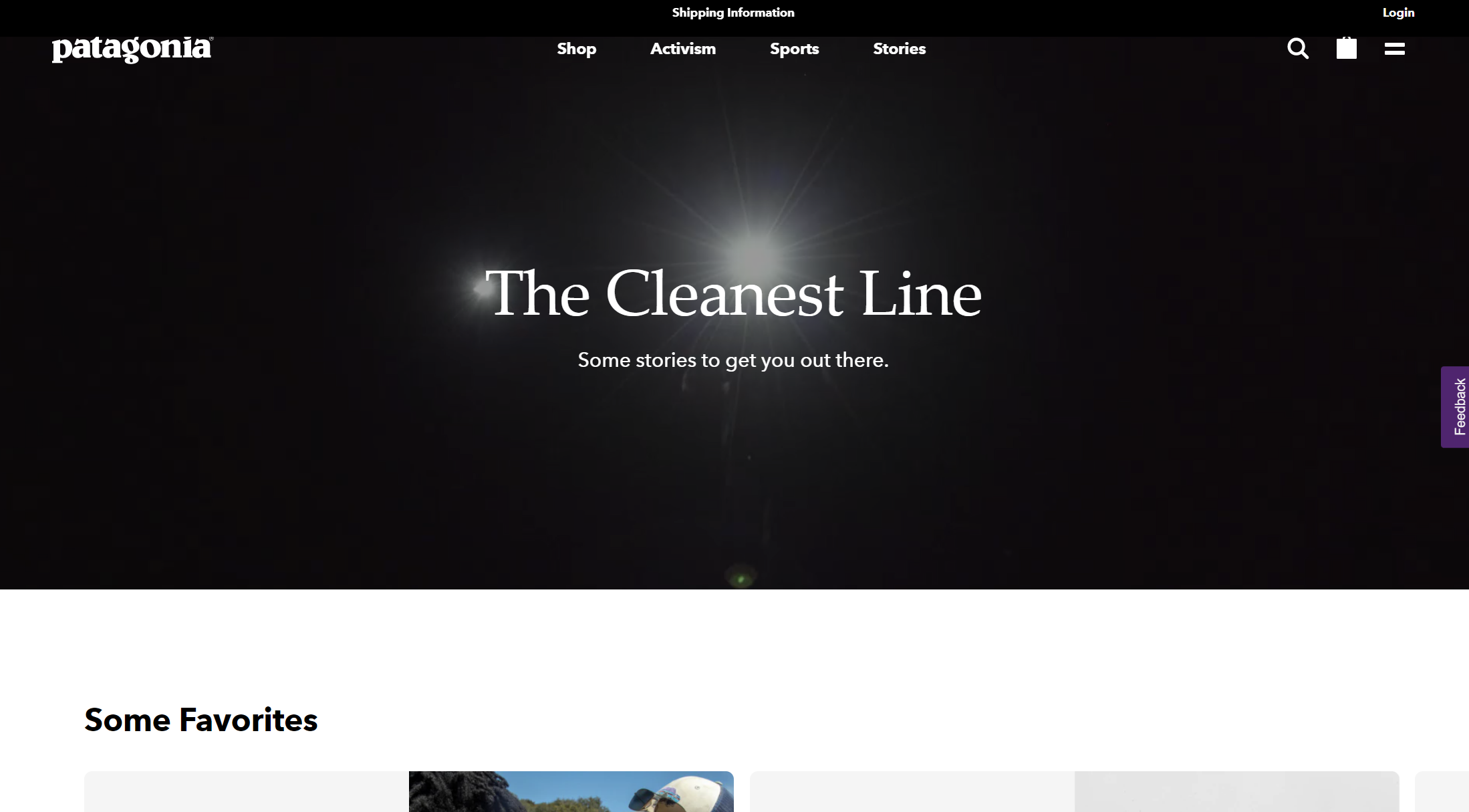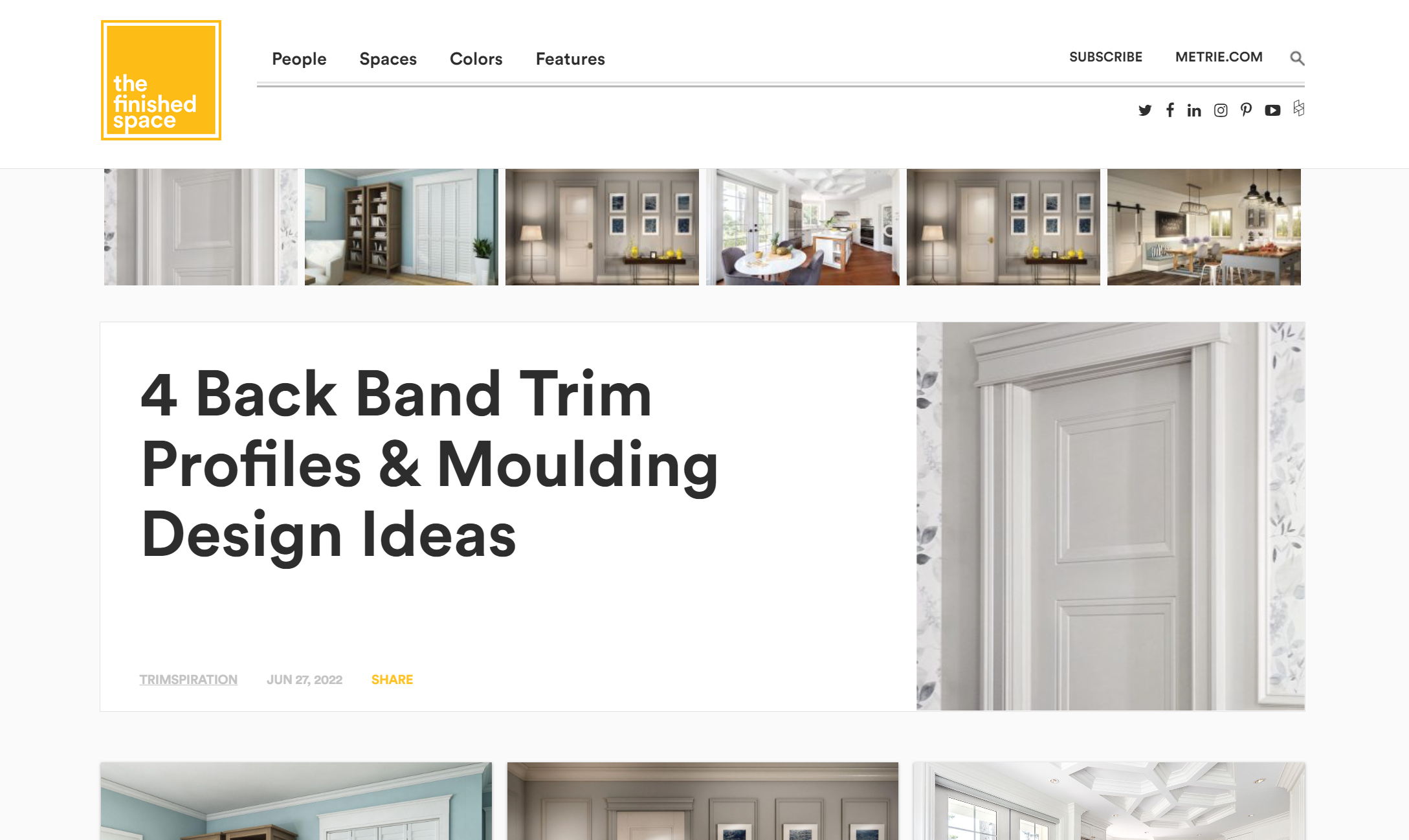
When used in the right way, your blog can attract more traffic, bring you leads and be an asset to your sales cycle. If your blog isn’t delivering these results or helping to drive more sales, it may need a reboot.
In truth, blog posts on most manufacturers' websites are inconsistent and lack a clear strategy. But it's not all doom and gloom, here are some ways that you can improve your blog’s performance.
Getting Started with Blogging
Define your purpose
Before you start to write another blog post, you need to know why you’re writing. The content you are creating should serve a purpose or else it’s just content for content’s sake, and that’s a waste of time.
The point of a blog is not to talk about yourself all the time. You want to start a conversation with visitors by providing them with engaging, useful information and encouraging them to interact with your brand.
Before you write anything else, make sure that you have defined the purpose of your blog. It’s important to know what you are aiming for with your blog or you’ll miss a majority of the time.

Case Study: Patagonia - The Cleanest Line
Patagonia is a great example of this. When visiting their blog, The Cleanest Line, it's immediately clear that Patagonia cares about environmental issues and ethical business practices. Topics range from stories about exotic vacation destinations to political issues to corporate initiatives, but there is a similar, recognizable thread that runs throughout.
You can tell that environmental and social issues are important to the founders and customers of Patagonia. Their blog’s purpose is more about awareness and education rather than product information.
(Hint: having your blog be about something OTHER than your products is a really good idea.)
Make sure your content is useful to your audience
Once you’ve identified the purpose of your blog, you’ll need to plan a mix of posts that go along with that purpose. A great blog offers a mix of different types of content. This can include videos, infographics, a roundup of interesting links from the week, new product Q&As, customer/employee interviews and more.
Set manageable goals for content creation
This will depend on if it’s just you or if you have a team of people in your company that can contribute content. A good goal to aim for is a new post every week, but if your workload won’t allow for that, aim for twice a month. Whatever your schedule is, keep it consistent.
Once you have decided on your post frequency, create a content calendar. You may only be comfortable planning a quarter at a time, but that’s better than no strategy at all. Make sure that you are planning a good mix of content for that timeframe.
Examples of this are goals like:
- One product detail video per quarter
- One customer testimonial per quarter
- One in-depth article per quarter (1000+ words)
- One how-to post per month (400-600 words)
- One company/product news item per month
Case Study: Metrie - The Finished Space
Metrie’s blog, The Finished Space, does a great job of providing a variety of content. They post a mix of designer spotlights, inspiration links, company news and even DIY projects.
Their clean design and gorgeous photos make it fun to explore. I only wish they posted more often!
Maximizing Your Blog Post’s Potential
Write an attention-grabbing title
Please do not confuse a great title with the click-bait links you see on Facebook. Those titles work extremely well for videos on social media, but they aren’t the best when it comes to Google search results. “When you see what he did, you won’t believe your eyes!” means nothing to Google. Search engines are looking for titles that accurately reflect the content of the page.
A great title is informative and interesting. Something like “Stain Your Deck in 5 Easy Steps” lets users know what your article is about and grabs their interest. Try to keep your title under 55 characters long whenever possible.
Include relevant images
According to MDG Advertising, articles with images get 94% more total views - that’s a huge reason to use them! Adding visual information helps readers understand technical information and keeps them interested in what you are writing about. Just make sure that the images you add are related to the topic you are writing about and that you have permission to use them.
Break Up Your Paragraphs
We all want visitors to read everything that we write and appreciate all the work we’ve put into it but the truth is, most readers just scan your content to see if it has the information they are looking for.
If you make it easy for them to read through, they might actually stick around. Keep your sentences short and try to avoid being overly wordy. (This is something I struggle with a lot!)
Whenever possible, try to highlight important information by making important text bold or using a blockquote if your blogging platform lets you.
This is an example of a blockquote. It calls attention to an important point. Looks good, doesn't it?
Include links in your post
Adding links to other sites from yours might seem counter-intuitive but it may actually help your rankings!
Adding links to other relevant sites helps add value to your content and shows visitors that you know what you are talking about.
Just make sure that the links open in a new window so that visitors can easily return to your page. For all you've ever wanted to know about links, visit this page on w3schools.com.
Invite readers to take part in the conversation
Readers may not be as interested in leaving comments anymore, but they still want to share their thoughts! If you find that no one is leaving comments on your blog posts, you may want to give them other ways to start a discussion.
Social media has proven to be a good way to do this. Some blogs will provide a link at the end of their blog post that allows people to respond on Twitter or Facebook.
Another great way to encourage engagement is to add "Tweet This!" buttons in the text of your post so that people can post an interesting quote from your article.
Caterpillar has an interesting way of interacting with their visitors through blogging: they use a forum platform to post blog posts to forums for specific portions of their audience. That way, a user from the construction trades or oil & gas industry can easily access blog posts relevant to their needs and the equipment that they use.
Optimize, optimize!
Once you’ve written your blog post, you might think your work is over, but there’s more you can do to help your post get noticed. Make sure your title isn’t too long - if it gets cut off in search results, users might not be able to tell what your post is about.
Try using Moz’s title tag preview tool - it does a good job of showing you how your title will look in search results. Also, make sure you have written a great meta description for your post. You need to give users a reason to click on your page when they see it in search results.
Before you hit publish, read through your post and look for errors. Click on links to make sure they work and make sure your images have the proper alt tags so that Google can know what those images are about.
There are great tools like Grammarly and Hemingway that can help you check your grammar and spelling.
After you’ve posted your blog post, don’t just sit back and wait for people to find it. You’ve got to let the world know that your awesome content exists!
Share links on all your social media platforms, include a link in an email newsletter… whatever helps you get the word out!
Conclusion
A blog isn't just a place to put your company news. It's a fantastic sales and marketing resource that can generate leads, move customers through the buyer's journey and establishes authority in your space.
But for it to do this, all your blog content must be created consistently and in a methodical way. Each post you publish is a way to attract a new audience by educating, entertaining and informing.
If you set out with this clear in your mind and follow the tips in this blog, you'll see the benefits of blogging for the Building Products Industry.


